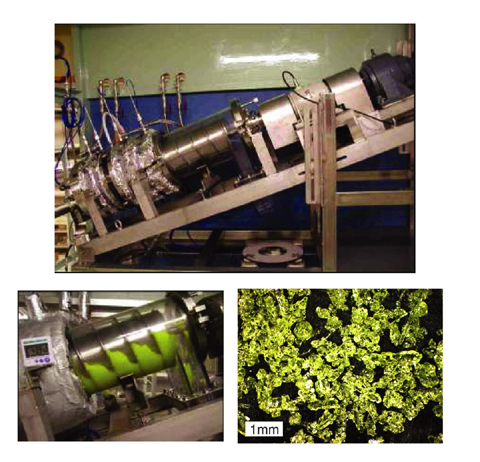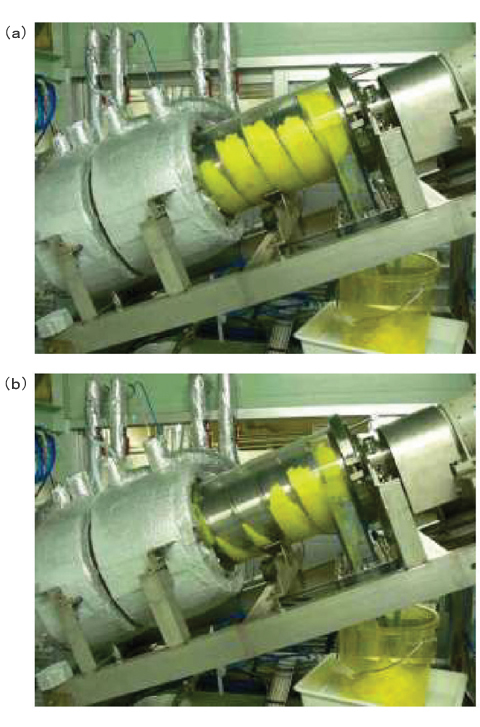Fig.1-24 Steps in uranium crystallization from uranium and ruthenium nitrate solution

Fig.1-25 Development of Engineerring Scale Crystallizer

Fig.1-26 Appearance of non-steady state simulation test
The crystallization is considered one of the key technologies for uranium recovery from the spent fuel in the future reprocessing plant, because it promises much desired safety and economical efficiency.
The crystallization is a separation technology based on differences in solubility, executed by changing temperature and concentration, with no organic reagent needed, so that the separation system can be simple (Fig.1-24) .
Since 1990s, JAEA has been carrying out small scale hot experiments at the Chemical Processing Facility (CPF), and development of an engineering-scale system is being carried out.
In the hot experiments, the uranium recovery rate, the decontamination factors of plutonium, and fission products (FPs) have been confirmed, and the crystal purification technology have been investigated.
In research for practical application, we selected a rotary driven type crystallizer which has the advantages of criticality safety, high throughput, and remote maintenance, etc. (Fig.1-25).
The uranium crystal is generated in the cooled solution in the crystallizer, and the crystal is isolated from residual solution (mother solution) by the cylinder rotation and is discharged from the device.
In the system development of the engineering scale system, we fabricated an engineering scale crystallizer system, and have been investigating the properties of steady and non-steady state operations. In these investigations, the operation conditions for stable crystallization, the crystal accumulation and blockage phenomena during crystal discharge, and the outlet of mother solution are being confirmed. The crystal accumulation can be monitored by a cylinder torque meter, and the event can be overcome by the stoppage of feed solution and stepwise increment of the screw speed (Fig.1-26). Development of the instrumentation and control system also is progressing.
This work was financed by the Ministry of Economy Trade and Industry of Japan (METI), and the Ministry of Education, Culture, Sports, Science and Technology of Japan (MEXT).